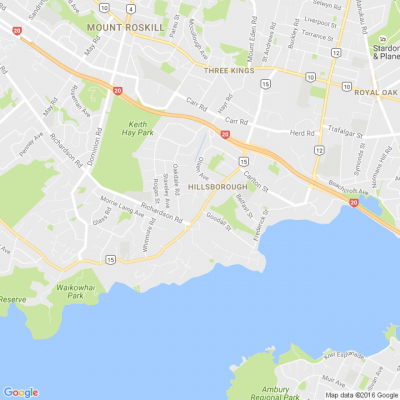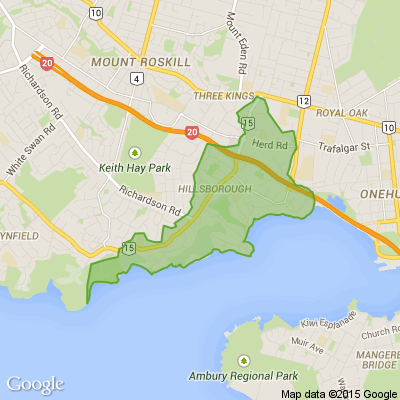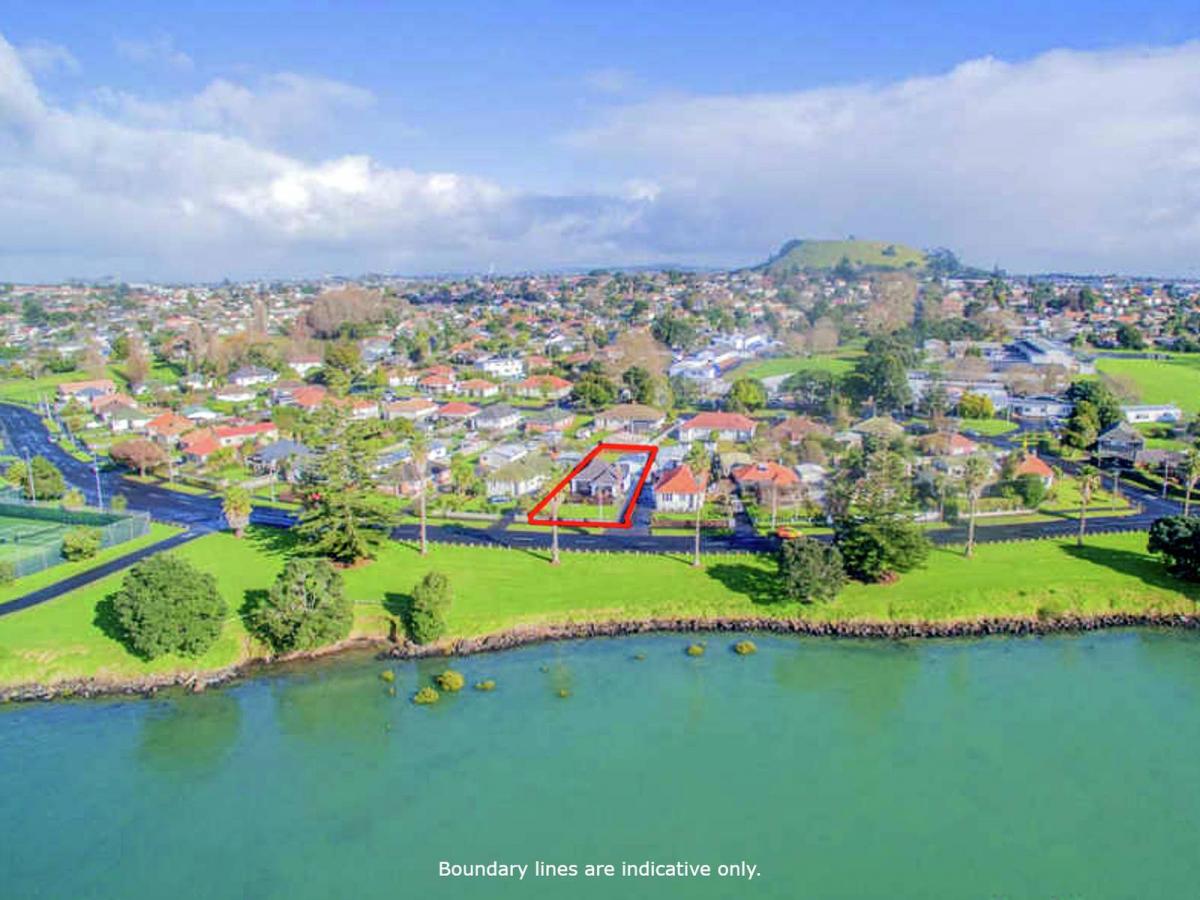Mayor Wayne Brown’s cost-cutting budget leads to 400 job losses
The Herald understands council chief executive Jim Stabback will announce about 200 job losses later this week as part of “becoming a leaner organisation”.
The job losses at the council are in addition to the announcement that 150 jobs are going at Auckland Transport, 16 at the property arm Panuku Development Auckland and an unknown number at the council’s events and economic development agency Tātaki Auckland Unlimited.
A Tātaki spokesman said there are regular conversations with staff and the picture will become clearer in the coming weeks.
The number of job losses at Tātaki could depend on push-back from the board and management at a directive from Brown to slash $44 million from its budget.
The job losses will come as Brown seeks to make cuts to address a $325m budget hole, while also publicly calling for the sale of the council’s Auckland Airport shares.
The union representing council employees, however, says canning staff during a cost of living crisis is “not the way to treat loyal workers whose livelihoods are at stake”, while also holding concerns about a drop in public service quality.
Stabback has previously said the changes at Auckland Council will be a mix of senior roles where, for example, teams or functions will be merged, and structural changes to achieve efficiency. Some of the job losses will come from not filling vacant positions.
“I have long signalled that becoming a leaner organisation more sharply focused on the future would require a reduction in the workforce,” he told staff last month.
The council employs about 7200 staff with an annual wage bill of about $530m.
A council spokeswoman said a “revised change proposal” will be outlined later this week based on feedback from consultation with staff.
The council-wide job cuts are a response to Brown’s growing budget hole and “path to financial sustainability” through a mix of measures, including cutting spending, trimming services and demanding better performance from the chief executives and boards of council organisations.
Last week’s announcement that the budget hole has increased from $295m to $325m, and storm-related costs have risen to $50m, increases the pressure on council bosses to cut their cloth.
The job cuts come during the painful cost of living crisis with the Reserve Bank forecasting higher unemployment, food prices rising 12.1 per cent year-on-year, and Kiwi families facing the prospect of a hard-hitting interest rate crunch as mortgages come up for renewal.
Last month, Auckland Transport (AT) said about 150 of the 2000 jobs would go as it faces a $25m cut to its budget. Feedback closed on May 3 and final decisions will be made by the end of this month with changes taking effect from July 1.
At Panuku Development Auckland, 16 positions have been lost. Most of the staff affected have left and the remainder will be gone by July 1.
Panuku chief executive David Rankin said the priority continues to be supporting staff through a difficult and challenging time, adding that out of respect for those affected there would be no further comment.
Public Service Association (PSA) national sector leader Ian Gordon said the union is concerned about the cuts and the effect they will have on a wide range of council functions, including community services, Māori and Pasifika, libraries, and arts and culture.
“Our members are reporting that workloads are pretty extreme at the moment and that will be exacerbated,” he said.
Gordon said that after five rounds of change at the council over the past three or four years, staff are used to the process but suffering from change fatigue.
PSA assistant secretary Bronwynn Maxwell last month called for AT to slow down and undertake proper consultation instead of a 10-day consultation period.
“This is not the way to treat loyal workers whose livelihoods are at stake. We think at least a month would be fair in the circumstances.
“It all smacks of a headlong rush to cut costs and satisfy Mayor Wayne Brown’s austerity drive when the position of our members should be front and centre in what is a major restructuring of the Auckland Transport workforce,” Maxwell said.
The PSA represents about 3800 staff across the council group.
At Tātaki Auckland Unlimited, the board and chief executive Nick Hill are fighting a proposed budget cut of $44m put forward by Brown in a letter outlining what he expects from the agency over the next three years.
In a written response, board chairwoman Jennah Wootten and Hill said they will find savings of $27.5m but the board is not comfortable supporting the other $16.5m of savings without further discussions with the mayor and councillors about priorities.
To cut $44m, they said, would mean stopping all economic development activity except spending tied to assets and facilities. That would leave Auckland as the only major city in New Zealand without an economic development agency.
A mayoral spokesman said Brown has discussed the concerns with Tātaki, saying they are still under review and no decisions have been made yet.
The other council agency, Watercare, is not affected by the budget hole and has no plans for job losses.
========================================================
www.nzherald.co.nz...
========================================================
The Churning of the Great Moana - Day 13
The Churning of the Great Moana
Long ago, before the time of man, the Atua (gods) of the Māori world found themselves in disarray. The balance of life had been disturbed, and the Atua of light and prosperity, Tamanuiterā, found his power waning. The Atua of darkness, Whiro, had grown stronger, spreading unrest and despair across the land and seas. The only way to restore balance was to retrieve the sacred **Te Waiora** (the Waters of Life) hidden deep within the Great Moana (Ocean). These sacred waters could heal and bring harmony back to the world.
However, retrieving Te Waiora was no small task. It required the combined efforts of all Atua, including Whiro, who was reluctant to help. Seeing no other way, Tāne, the Atua of forests and light, proposed that they set aside their differences and work together to churn the Great Moana to bring Te Waiora to the surface.
---
Preparing the Churning
The Whakapapa of Unity:
Tāne approached all the Atua, emphasizing the importance of kotahitanga (unity) for the survival of the world. Despite their grievances, the Atua, including Tangaroa (Atua of the sea), agreed. Even Whiro, though suspicious, joined the effort.
2. The Great Tools:
Tāne uprooted the mighty **Kauri** tree to serve as the churning rod, its towering trunk reaching the heavens.
Tangaroa offered his greatest guardian, **Te Wheke-a-Muturangi** (the giant octopus), to act as the rope, its mighty tentacles binding the Kauri firmly.
3. The Moana Awakens:
The Atua stood on opposite sides of the Great Moana. Tāne and his allies held one side of Te Wheke, while Whiro and his followers grasped the other. Together, they began to churn the waters, their chants resonating with the rhythm of the waves.
---
The Churning and Challenges
Emerging Taonga:
As the Atua churned, treasures began to emerge. First came Pounamu (greenstone), a symbol of strength and endurance. Next appeared the Tāonga o te Tangata (gifts of the people): kai (food), tools, and other treasures that would one day sustain humanity.
2. The Poison of Conflict:
From the depths, a great cloud of Kapua Pōuri (dark mist) arose, spreading despair and anger among the Atua. Whiro, tempted by his darker nature, sought to abandon the task and take the treasures for himself. Seeing this, Tāwhirimātea (Atua of winds and storms) unleashed a fierce gale, dispersing the mist and reminding Whiro of their shared purpose.
3. The Sacred Te Waiora:
Finally, after much effort, Te Waiora emerged, shimmering with light. Its presence calmed the seas, and the Atua felt a sense of unity and peace.
---
Restoring Balance
Whiro, moved by the power of Te Waiora, chose to honor the pact. Though his nature was still tied to darkness, he agreed to use his strength to maintain balance rather than disrupt it. The Atua collectively shared the Te Waiora, ensuring that its power would nurture both land and sea for future generations.
---
Moral of the Story
This story teaches the importance of kotahitanga (unity) and aroha (compassion). Even when individuals or groups are divided, working together for a shared purpose can overcome any obstacle. It reminds us that true strength lies in cooperation and that every being, even those seen as adversaries, has a role to play in maintaining balance and harmony in the world.
Poll: Do you think banning gang patches is reasonable?
With the government cracking down on gangs, it is now illegal for gang members to display their insignia in public places whether through clothing or their property.
This means arrests can be made if these patches are worn in places like restaurants, shops, on public transport or ferries, and on airplanes. Arrests were made recently at a funeral.
Do you think this ban is reasonable?

-
0% Yes
-
0% No
-
0% Other - I'll share below
Mechanic
Just needing someone to change a drive belt for a subaru impreza please asap will pay 150










 Loading…
Loading…











